What is Inbound Sales? Inbound Sales vs Outbound Sales
To catch up with the growth pace of sales and marketing, it’s crucial for you to gain the knowledge of Inbound Sales. Nowadays, consumers own more purchasing power, have more access to information and take more control of the whole purchasing cycle.
The majority of B2B customers currently decide on their purchase even before a sales rep connects them. The purpose of sales reps is to support leads in their journey, from the moment they searched for the product until they decided to buy. Nonetheless, inbound sales strategy still continues. Later you continue caring for your paying customers in order to make them become the ambassadors of your product. That is the concept of inbound sales.
Today, we’re glad to provide you with the article What is Inbound Sales and How to do it? So that you’ll get some helpful guide to bolster your business.
What is Inbound Sales?
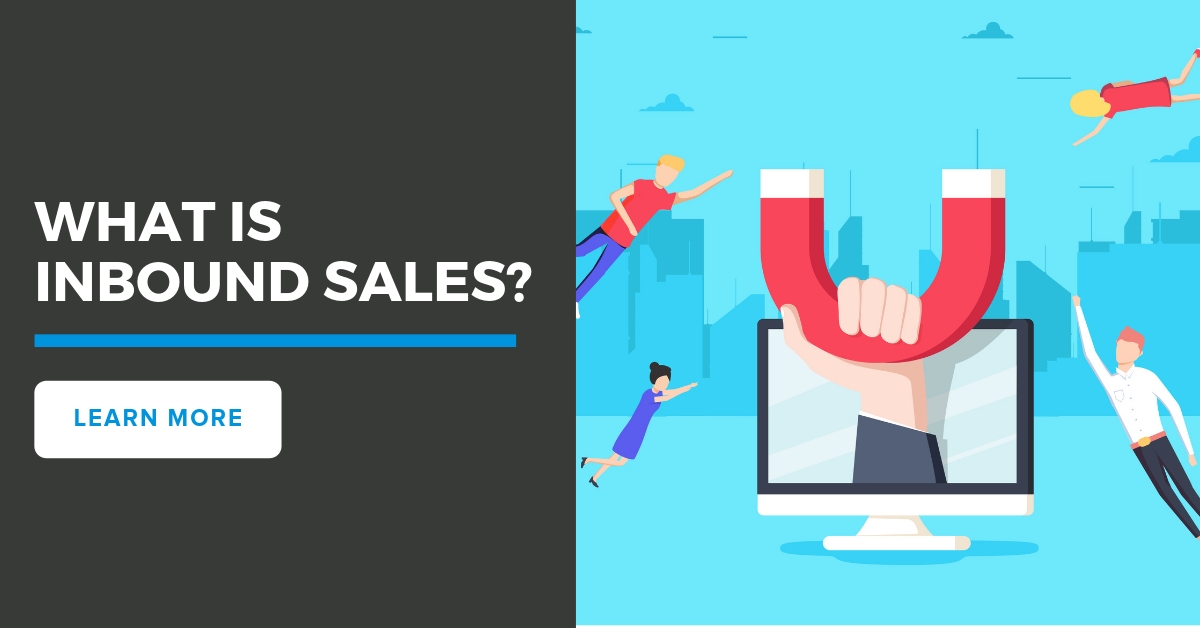
Inbound sales is a sales methodology that prioritizes individual shoppers including their needs, challenges, pain points, goals and interests. In inbound sales, people work with customers, educate, inform, take care of them, and then drive them through the decision-making process.
So it’s essential to analyze a purchaser’s digital behavior during his journey. Therefore, the intelligent inbound salesperson can draw a useful, personalized sales approach for each individual.
Sooner or later, the time and effort you spend on educating your prospects will help to turn them into loyal, long-term customers.
Difference between Inbound Sales and Outbound Sales?
Inbound sales
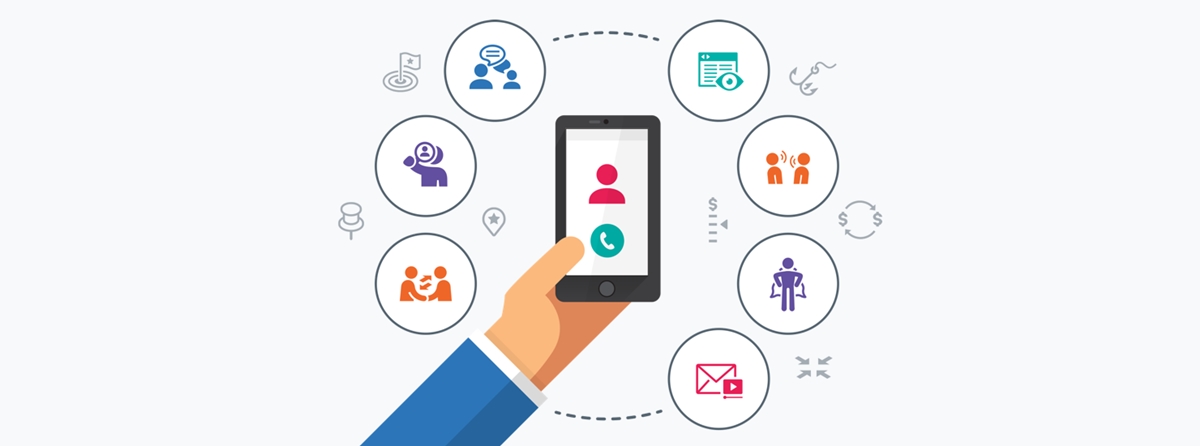
Inbound sales are sales that go to you.
You or your business are seen by a potential customer through Facebook, a piece of content, or a credible publication.
They consider further, see they could receive advantages from your services. That is a good, warm lead that converts into a customer soon. This is an inbound sale.
Outbound sales
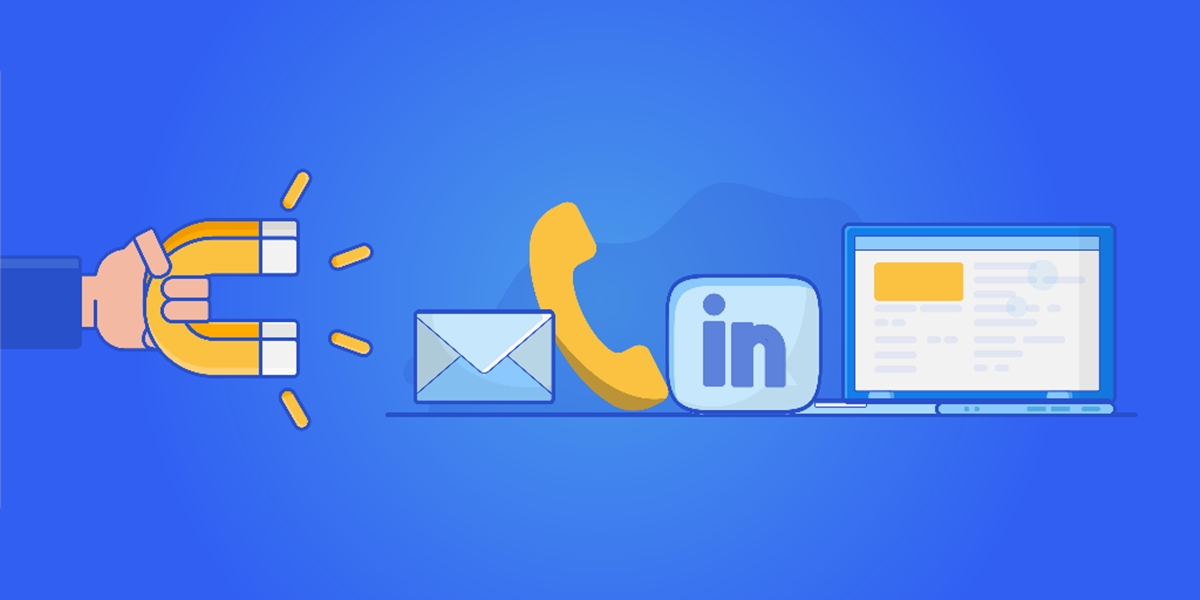
Outbound sales are sales that you came out and obtained.
You contacted (more than one time), had a conversation with a lead over the phone, and eventually won the sale.
It’s a must for you to educate the customer on how your solution satisfies their needs. This is usually a cold call that converts into a customer over a few weeks or months. This is an outbound sale.
Although inbound sales are newer and brighter than outbound ones, you still need to combine two of them to obtain maximum sales. While there is a number of resources on the newest inbound marketing trends, outbound is often neglected as “marketing ninjas” cite that haven’t been changed in the previous 10 years.
However, outbound sales are beneficial for better conversions. Some marketing realms include email, social media and warm calling. These ones will help your team concentrate less on prospecting and more on developing your sales strategy.
Now let’s take a deeper look at each.

Emails are used every day in your sales process. Although it’s a strong tool, it’s also often overestimated.
Do you use email for sales as a way to track your performance?
It’s extremely easy and effective to track by emails if your emails can be received, opened and read. This information constructs a solid foundation for modifying your follow-up.
- Social Media
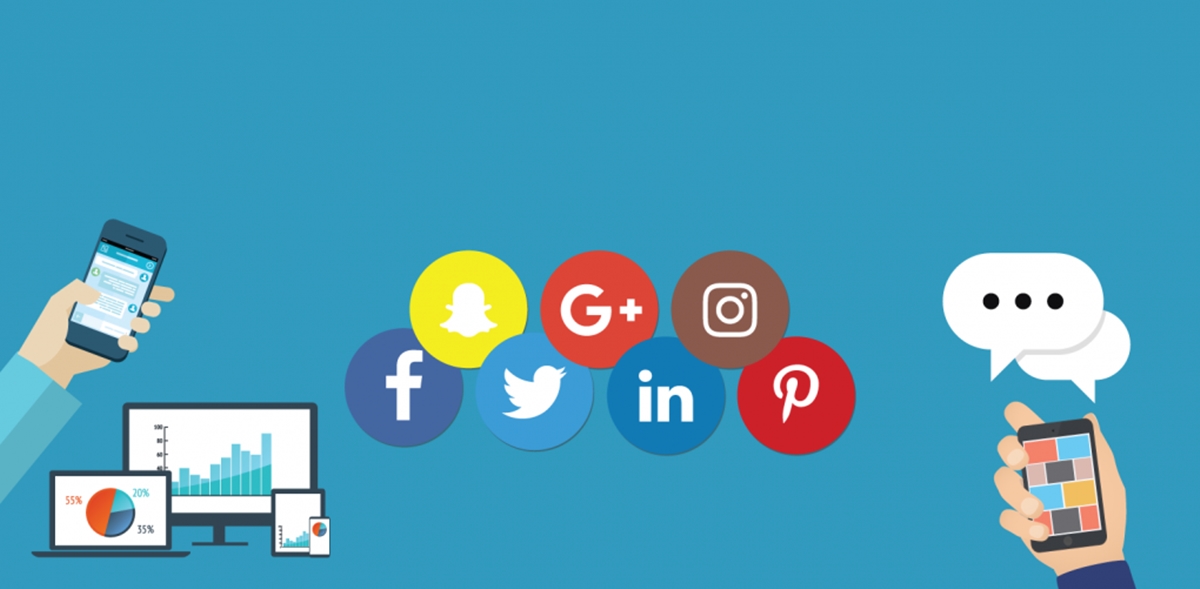
In order to connect with prospective clients, sales people are finding out the way to use various platforms, such as Facebook, Instagram, Linkedln, Twitter, and Snapchat. That these platforms often change, even without warning, which makes it harder to win in this field.
Related Posts:
- Shopify Facebook Marketing: How to Market your Business with Facebook
- Using Instagram for Business: Attract Customers with Visual Content
Thanks to social media, we can get the knowledge of our prospects before ever contacting them. For instance, Facebook can tell you what a prospect is interested in, the organizations, communities or individuals he or she follows and beyond.
That information can bring about a much more customized outreach email, and raise your opportunities of creating a personal connection - and thereby receiving a returned call. Besides, it’s possible for you to utilize social media to display your own activities and interests. If you are finding prospects, chances are, your prospects are conducting a little research of their own.
- Warm Calling

Salespeople still report utilizing the phone and prefer to connect voice-to-voice for particular stretches of the sales process.
To move to more warm calls, mix the strength of social media with the power of calling where you use the information available to you to create a personal connection. It becomes a little bit warmer when you already see that your prospect owns some contacts in common and has a need your business could fill.
The phone is not really out-of-date, either. Voicemail allows you to use a partially pre-recorded message, add something modified, and help you leave better messages faster.
Meanwhile, inbound sales are becoming more and more popular, do not devalue your tried and trusted outbound. They’re both inevitable to your entire sales plan.
You Might Also Like:
Inbound Sales strategy break down
Starting with the Buyer’s Journey

Legacy salespeople develop their sales process around their demand, not their purchasers’. Legacy sales teams concentrate their effort on “checking the boxes” their sales managers set out for them rather than connecting with the purchaser and giving them support during the buying process. Consequently, the seller and purchaser feel misaligned. In addition, the purchaser will receive minimal value from this self-serving process. Purchasers don’t want to be searched for, demoed and locked. These steps put no value to the purchaser as all the details they have in the conferences can be released without help.
If salespeople cannot add value outside the details purchasers can look for by themselves, the purchasers will not engage with salespeople anymore.
To avoid this problem, it’s necessary for inbound sales teams to start with the Buyer’s Journey. They would understand their purchaser’s world before picking up a phone or sending an email.
Here is the three-part framework for the Buyer’s Journey we would like to introduce:
-
Awareness
-
Consideration
-
Decision
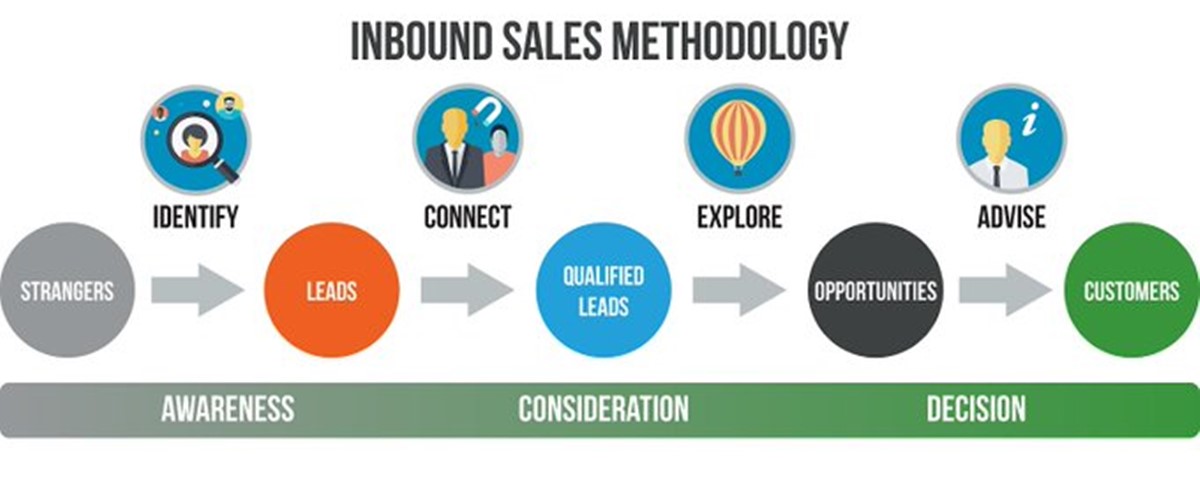
In the Awareness stage, purchasers recognize a challenge they are facing or an aim they want to achieve, then decide if it should be a priority. Ask yourself three following questions to get a total understanding of your buyer’s awareness stage:
-
How do purchasers describe challenges or goals?
-
How do purchasers educate themselves on their challenges or goals?
-
How do purchasers define whether the challenge or goal should be in advance?
In the Consideration stage, purchasers have already decided on their challenge or goal and addressed it on commission. They consider various approaches or methods to deal with their challenges or reach their goal. Ask yourself three following questions to get a total understanding of your buyer’s consideration stage:
-
What categories of solutions do purchasers consider?
-
How do purchasers weigh the pros and cons of each category?
-
What makes your category different in the purchaser’s eyes?
During the Decision stage, purchasers have defined a solution category. They build a list of detailed offerings and vendors in their chosen category and select the one that satisfies their requirements the most. Ask yourself four following questions to get a total understanding of your buyer’s decision stage:
-
What offerings do the purchasers consider?
-
What criteria do purchasers base on to consider available offerings?
-
What makes your offering different in the purchaser’s eyes?
-
Who should be involved in the decision? How different is each stakeholder’s perspective on the decision?
Build your Sales process
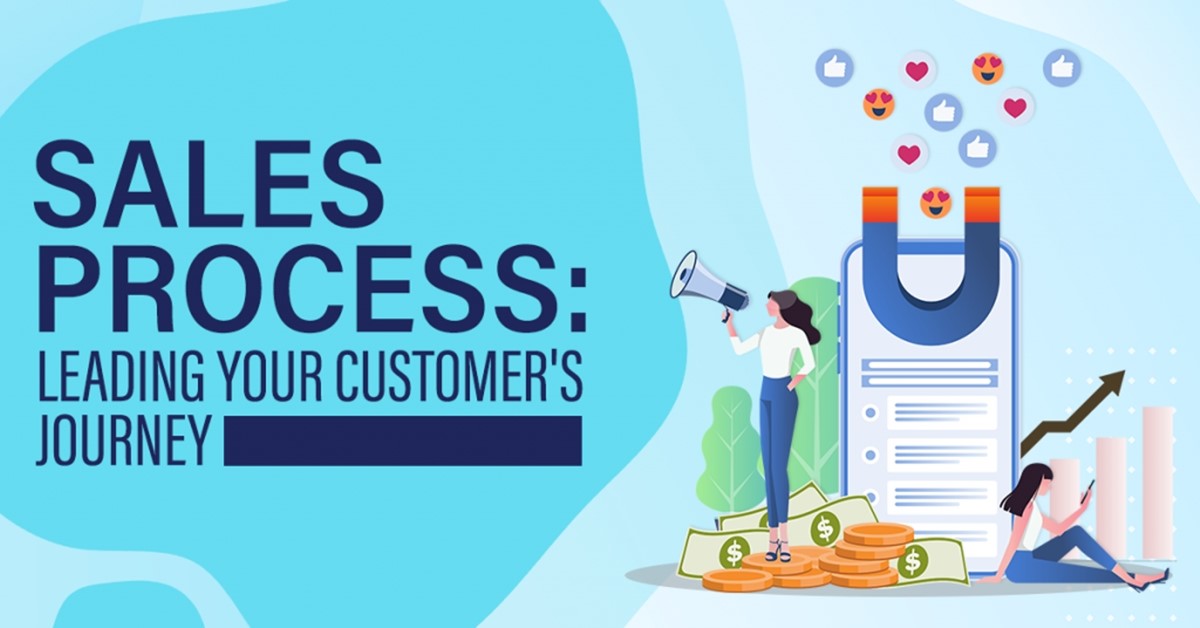
Start by prioritizing prospects who have already started their purchaser’s journey. Join in their online conversations on social networks and blogs to build trust. Begin the sales conversation with personalized messaging that connects the purchaser’s industry, role, and communication preferences.
Start your outreat with suggestions or a stunning insight. Once your prospects show interest, move into exploration mode.
You need to gain knowledge on the purchaser’s timeline and modify your sales process to fit. You also should try your best to provide the exact educational content to your potential customers at the right place and right time.
Identify potential buyers

Before connecting with salespeople, the majority of purchasers have already stepped into the awareness stage of the purchasing journey. Inbound salespeople prioritize active purchasers rather than passive ones. Active purchasers may have lately come to the company website, done a form or clicked on one of the emails from salespeople.
Carry out your research
Converse with good-fit customers, request introductions on Linkedln and configure Google alerts.
Start contacting inbound leads and companies
These are website visitors that offer their contact details through a conversation form and are from an enterprise that fits your perfect purchaser profile.
Begin contacting leads based on behaviour
Take advantage of triggered events technology to know exactly which prospects are going to your site, clicking on your emails and even visiting your pricing page.
Reach out to buyers
Legacy salespeople leverage cold emails and voicemails with the same generic elevator pitch and attract the purchaser with a discount. Inbound salespeople use a personalized message to meet the purchaser’s context which might be the purchaser’s industry, role, interests, connections and more.
Define personas
Get an understanding of the different perspectives of the individuals you’re trying to meet. First, divide your market into the categories of companies you aim at. Then, define the personas of the various types of people you aim at.
Decide the sequences for each persona
Define which mediums you’ll use to connect to each persona. Does your persona want to be connected via phone or email? How many times will you connect before you stop?
Decide the content for each sequence
Almost all the purchasers are in the awareness stage of their purchasing journey. Hence, your aim is not to sell them on your product or even provide them a demo. Your aim is to educate them on the issue or chance they are exploring.
Leverage initial buyer interest
Lead an exploratory conversation in order to take control, but your prospect will feel like they’re supported to come up with the right decisions. You can freely share this new exploratory framework with your prospects.
Concentrate on the challenges of the prospects first.
In general, people don’t often change unless they have a challenge that disrupts their progress. Instead of the word “problems”, it’s essential to use the small but powerful word “challenges”.
Link goals to these challenges.
Discuss the goals of the prospects. Wait for an admission that they cannot find a good solution and are afraid they won’t complete their aims.
Share plans that match the prospect’s timeline.
Show how your product can support the purchaser’s goals and challenges. Your strategy is uniquely designed to assist in a different way that the competitors cannot.
Discuss budget.
The last thing to get is how the prospect will invest in deploying their new plan. Evaluate all costs including financial, time and human resource investments.
Discover buyers’ need and provide help

Inbound salespeople explain to prospects why their offering is uniquely created to solve the purchaser’s challenges. Sticking to a generic script, legacy salespeople cannot show their plan as a solution to their prospect’s detailed demand. Prospects would like to understand how features are going to support them and their context.
Being an inbound salesperson, you act as a translator between the generic messaging on your company’s site and the specific needs of your purchaser.
Give a summary of what you’ve learned.
At the beginning of the presentation, you need to restate where the prospects are and the insights you’ve gained from your previous conversations, such as a challenge your prospect faces or an aim they want to reach. Give an impression to your purchaser that you are suited to assist them.
Recommend ways to reach their goals.
Make a customized presentation that links their aims and challenges to your offering, and expresses what benefits you’ll gain from your service.
Confirm budget, authority and timeline.
According to what it takes to configure their account and deploy your solution, work to define the time they have to sign your contract. Draw a timeline in order to meet the purchaser’s deadline.
Why should you use Inbound Sales?
The inbound methodology is the future of all aspects of businesses. Companies that are built into a totally inbound organization are prepared for long-term, sustainable development.
Here’s a list of the internal and external benefits you’ll get from Inbound sales.
Internal advantages:
-
Marketing and sales are well coordinated.
-
It’s possible to systemize an impactful sales process to gain more active leads and more wonderful customers, letting you meet your goals.
-
It’s possible to streamline your sales and marketing process to improve its efficiency, eventually achieving a greater ROI.
External advantages:
-
You build credibility and authority that promote customer retention.
-
Purchasers go into your funnel voluntarily. That means you don’t need to address outdated, impotent sales tactics such as cold calling.
-
Purchasers will get a better understanding due to a more personalized purchasing experience designed to their needs.
Create a positive sales experience with Inbound Sales and Outbound Sales
Conduct prospecting through social media
Going out and looking for leads is a traditional outbound sales practice. Nevertheless, you are able to search for sales leads and adopt the inbound methodology at the same time. Social media is a perfect environment to build connections and build relationships with potential customers.
For example, LinkedIn is considered a professional social platform. It is among the greatest hubs for constructing network connections and scoring leads. LinkedIn Sales Navigator will assist you in defining ideal leads according to your sales qualifiers and purchaser personas and help you connect with them much easier.
Map all leads on the journey of your purchaser
With no regard to how you got your leads, you can still follow inbound practices by mapping the place of the prospect along their purchaser’s journey. In order to do this, salespeople can use data and context according to information collected by their marketing team.
This shows the sales approach in the connect stage of inbound sales methodology. For instance, if there’s information on the purchaser’s challenges within your CRM, they are going to go to the consideration stage and are attempting to look for the right solution to meet their needs.
Nonetheless, if there’s not much information about the lead, they may be in the awareness stage of their journey. In this situation, the sales team will recognize that they need to give the prospect a better understanding of the problem before moving forward.
Make a map for your leads along the purchaser’s journey. That assists you in building tighter relationships with each one and make their experience more attentive and personalized.
Summary
In conclusion, we hope that the above article brings you a deep understanding of What is Inbound Sales and How to do it. With the right tools and instructions, any organization can adopt inbound sales in the most effective way. It’s your choice to make your business successful in the future.
Contact us for more information or any questions and concerns. Thank you!
New Posts






